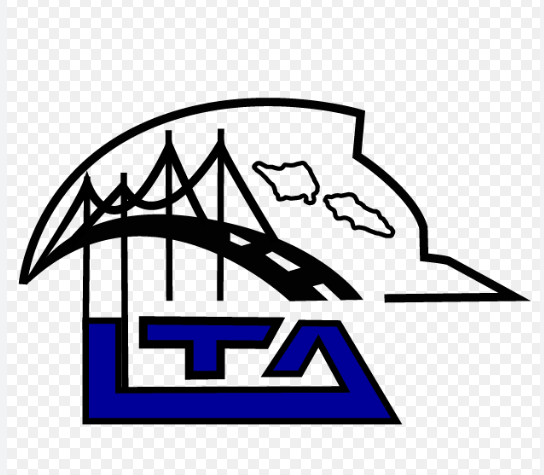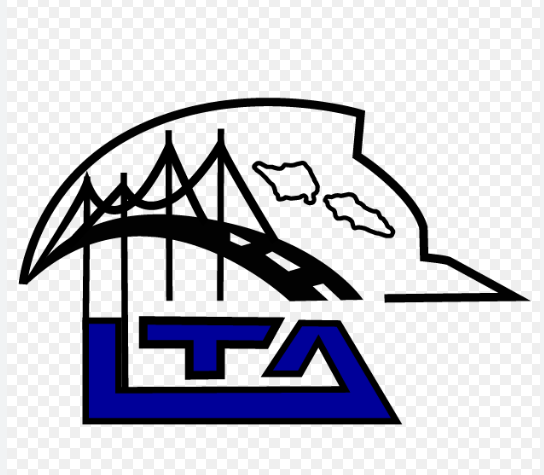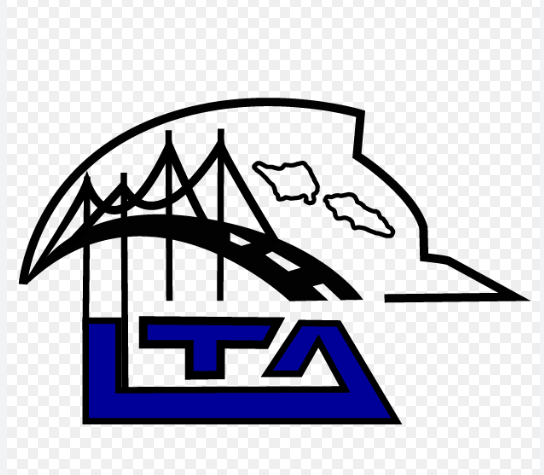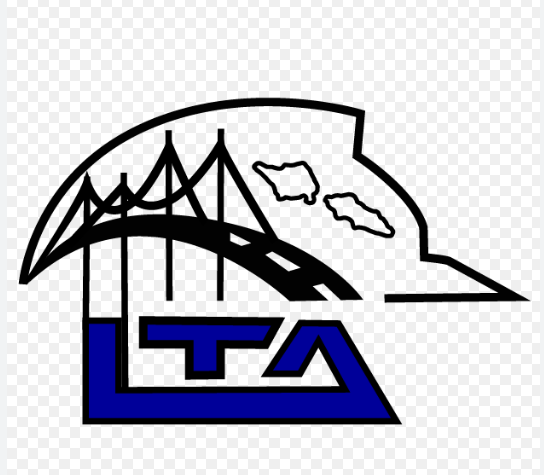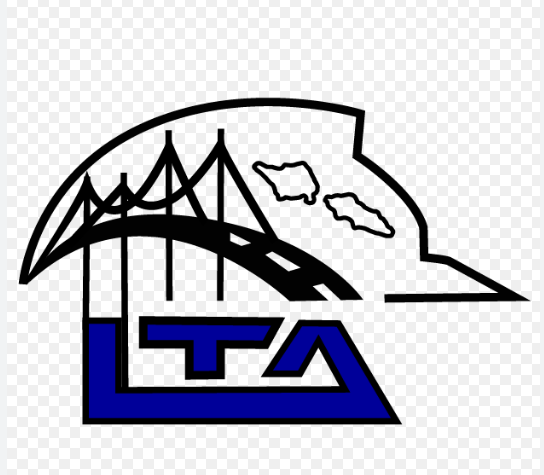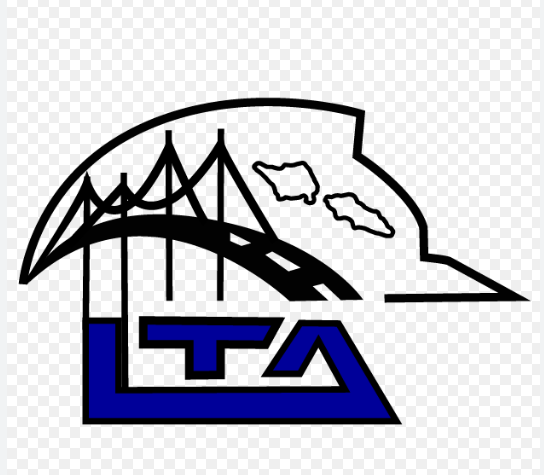Title Page
-
Road Name
-
Road Chainage Location
-
Inspection Location (Drop Pin)
-
Inspection Date
-
Inspected By
Culvert Data
-
Culvert Type
- Box
- Circular
- Elliptical
- Low Profile Pipe Arch (small)
- High Profile Pipe Arch (large)
- Other
-
Diameter (m)
-
Height (m) x Span (m)
-
Height (m) x Span (m)
-
Height (m) x Span (m)
-
Height (m) x Span (m)
-
Height (m) x Span (m) or Diameter (m)
-
Culvert Material
- Concrete
- Corrugated Metal
- Structural Steel Plate
- Plastic (HDPE or PVC)
- FibreGlass
- Other
-
No. of Barrels or Cells
-
Approximate Culvert Length (m)
-
Visible Skew
- Yes
- No
- N/A
-
Skew Angle (Across Road)
- 45 deg
- 90 deg
- Other
-
Flow Direction (Relevant to Road Chainage Direction)
Roadway Data
-
Road Width (m)
-
Road Crest Length over Culvert Structure (m)
-
Road Surface Type
-
Height of Road Embankment above Top of Culvert (m)
-
General Comments
-
Roadway / Site Photos
Outlet Channel (Tailwater) Data
-
Outlet Channel Type
-
Outlet Channel Bottom Width (m)
-
Outlet Longitudinal Channel Slope
- Flat (less than 1% grade)
- Moderate (1% grade to 5% grade)
- Steep (above 5% grade)
-
Outlet Channel Condition
- Clean and Clear of Debris / Vegetation
- Some Debris and Vegetation
- Blocked with Debris and Vegetation
-
General Comments
-
Photos
Culvert Condition Assessment - Severity Level Descriptions
-
Condition State - Severity Level Rating Descriptions
-
1= The item is in excellent condition. No deficiencies.
-
2= The item is in good condition. No noteworthy deficiencies that affect the condition of the culvert. Insignificant damage and defects only with negligible misalignment. No work required.
-
3= The item is in fair condition but requires attention before the next inspection. All primary structural components are functional and fit for purpose but may have minor section loss, cracking, spalling or scour. Moderate deterioration or disintegration and minor settlement or misalignment.
-
4= The item is in poor condition and requires attention in the next financial year. Without repairs there is potential for failure leading to a critical situation. Advanced section loss, deterioration, significant spalling or scour have affected primary structural components. Considerable settlement or misalignment.
-
5= The item is in critical, imminent failure condition and requires immediate attention. Major deterioration or section loss present in primary structural components affecting structural stability.
Culvert INLET - Condition Assessment
Culvert INLET - Hydraulic Condition
Culvert INLET - Scouring / Erosion of Channels
-
Management Required
- No Repair Works
- Minor Repair works
- Major repair works
-
General Comments
-
Photos
Culvert INLET - Flow Blockages (debris / vegetation) of Channels
-
Management Required
- No clearing of debris / vegetation required
- Minor clearing of debris /vegetation
- Major clearing of debris /vegetation
-
General Comments
-
Photos
Culvert INLET - Pipe Condition / Sediment build up or blockages
-
Management Required
- Good Structural Condition
- Fair Structural Condition
- Poor Structural Condition
- No cleaning of silt / debris
- Minor clearing of silt / debris
- Major clearing of silt / debris
- Full Blockage of Silt / Debris - Replacement
-
General Comments
-
Photos
Culvert INLET - Component Material Condition
INLET Headwalls
-
Construction Material
- None
- Rock Armour
- Stone piching / rock masonry
- Reno Rock Mattress
- Gabion Baskets
- Concrete cast insitu
- Concrete pre-cast
- Steel
- Other
-
Management Required
- No Repair Works
- Minor Repair Works
- Full Replacement
-
General Comments
-
Photos
INLET Wingwalls
-
Construction Material
- None
- Rock Armour
- Stone piching / rock masonry
- Reno Rock Mattress
- Gabion Baskets
- Concrete cast insitu
- Concrete pre-cast
- Steel
- Other
-
Management Required
- No Repair Works
- Minor Repair Works
- Full Replacement
-
General Comments
-
Photos
INLET Aprons
-
Construction Material
- None
- Rock Armour
- Stone piching / rock masonry
- Reno Rock Mattress
- Gabion Baskets
- Concrete cast insitu
- Concrete pre-cast
- Steel
- Other
-
Management Required
- No Repair Works
- Minor Repair works
- Major repair works
-
General Comments
-
Photos
Culvert OUTLET - Condition Assessment
Culvert OUTLET - Hydraulic Condition
Culvert OUTLET - Scouring / Erosion of Channels
-
Management Required
-
General Comments
-
Photos
Culvert OUTLET - Flow Blockages (debris / vegetation) of Channels
-
Management Required
- No clearing of debris / vegetation required
- Minor clearing of debris /vegetation
- Major clearing of debris /vegetation
-
General Comments
-
Photos
Culvert OUTLET - Pipe Condition / Sediment build up or blockages
-
Management Required
- Good Structural Condition
- Fair Structural Condition
- Poor Structural Condition
- No cleaning of silt / debris
- Minor clearing of silt / debris
- Major clearing of silt / debris
- Full Blockage of Silt / Debris - Replacement
-
General Comments
-
Photos
Culvert OUTLET - Component Material Condition
OUTLET Headwalls
-
Construction Material
- None
- Rock Armour
- Stone piching / rock masonry
- Reno Rock Mattress
- Gabion Baskets
- Concrete cast insitu
- Concrete pre-cast
- Steel
- Other
-
Management Required
- No Repair Works
- Minor Repair Works
- Full Replacement
-
General Comments
-
Photos
OUTLET Wingwalls
-
Construction Material
- None
- Rock Armour
- Stone piching / rock masonry
- Reno Rock Mattress
- Gabion Baskets
- Concrete cast insitu
- Concrete pre-cast
- Steel
- Other
-
Management Required
- No Repair Works
- Minor Repair Works
- Full Replacement
-
General Comments
-
Photos
OUTLET Aprons
-
Construction Material
- None
- Rock Armour
- Stone piching / rock masonry
- Reno Rock Mattress
- Gabion Baskets
- Concrete cast insitu
- Concrete pre-cast
- Steel
- Other
-
Management Required
- No Repair Works
- Minor Repair works
- Major repair works
-
General Comments
-
Photos
Culvert Vulnerability Assessment - Severity Level Descriptions
-
Culvert Vulnerability State - Rating Descriptions
-
1= NOT VULNERABLE - Culverts that are rated as not vulnerable in Samoa would be those constructed with robust materials capable of resisting tropical weather conditions. These would likely be located in less flood-prone areas and designed to withstand the intensity and volume of local rainfall without any significant maintenance issues.
-
2=SLIGHTLY VULNERABLE - Slightly vulnerable culverts may experience minor issues from typical rainy seasons. Occasional debris might block these culverts, requiring routine clearing. They may show minor signs of wear like small cracks or rust, but these issues do not significantly impact their functionality.
-
3= MODERATLEY VULNERABLE - Moderately vulnerable culverts are those that are susceptible to more frequent blockages from debris during storms, potentially leading to temporary water pooling and minor road flooding. The materials may degrade more quickly due to salty air and humidity, necessitating more regular maintenance and occasional repairs to ensure functionality.
-
4= HIGHLY VULNERABLE - Highly vulnerable culverts in Samoa could be those on roadways close to the coast where storm surges and sea-level rise pose significant risks. They would likely suffer from accelerated corrosion, frequent blockages, and potential structural failures due to strong currents and increased sediment transport. These issues can lead to road destabilization, requiring extensive repairs and possibly redesign to handle changing water flow patterns and sea levels.
-
5 = VERY VULNERABLE - Very vulnerable culverts would be those located in areas at high risk of severe weather events, such as cyclones, or in low-lying areas where sea-level rise and storm surges could lead to regular inundation. These culverts may fail completely during extreme events, leading to road closures and significant impacts on the transportation network. Continual exposure to saltwater and strong currents might make maintenance and repair impractical, necessitating a complete overhaul or rethinking of infrastructure strategies.
Culvert Vulnerability Assessment
Exposure to Increased Flooding and Rainfall Intensity Vulnerability
-
Increased Flooding and Rainfall Intensity: Samoa's location in the Pacific exposes it to frequent tropical storms and cyclones, which are expected to increase in intensity due to climate change. The increased rainfall can lead to higher water volumes that existing culverts might not be designed to handle, potentially causing overtopping or structural failure.
-
How vulnerable is the culvert to the potential of flow overtopping the road?
- High Chance of Flow Overtopping Road
- Likely Chance of Flow Overtopping Roadway
- Unlikely Chance of Flow Overtopping Roadway
-
If flow was to overtop the roadway would the pavement material be adequate enough to withstand overtopping flows on the road?
- High Resilience - Concrete Pavement
- Medium Resilience - Asphalt Pavement
- Low resilience - Bitumen Sealed Pavement
- Failure Likely - Unsealed Pavement
-
If the road was required to be closed for an extended period would it cause significant effect to the road network (are alternative routes available)
- Alternative Route Available - Minimal Delays
- Alternative Route Available - Significant Delays
- No Alternative route Available - Extensive delays
-
Is there adequate space to add additional culvert cells to the existing structure to increase immunity?
- Yes - Adequate Space Available without need for extensive inlet/outlet channel works
- Yes - Adequate Space Available but will require extensive inlet/outlet channel works
- No- Will require extensive roadworks and channel works
-
Vulnerability Assessment of Culvert for Increased Flooding and Rainfall Intensity
-
General Comments
-
Photos
Exposure to Increased Sediment and Debris Flow
-
Stronger storms and more intense rainfall can increase the amount of sediment and debris washed into culverts. This buildup can obstruct water flow, leading to water backup and increased pressure on culvert structures, which may result in blockages or even structural damage.
-
How vulnerable is the culvert to the potential of increased sediment and debris flow causing future blockage
-
General Comments
-
Photos
Exposure to Corrosion from Saltwater
-
Culverts, especially those near the coast, are vulnerable to corrosion due to increased exposure to saltwater from sea spray and storm surges. Corrosion can weaken the structural integrity of culverts, reducing their lifespan and effectiveness.
-
How vulnerable is the culvert to Corrosion Potential
-
Where culvert is concrete, are there any areas of exposed reinforcement or evidence of corrosion
-
General Comments
-
Photos
Exposure to Sea Level Rise and Storm Surges
-
Rising sea levels and more powerful storm surges can exacerbate coastal flooding, especially affecting culverts near the coastline. This not only leads to more frequent inundation but also to saltwater corrosion, which can degrade the materials used in culvert construction.
-
How vulnerable is the culvert to potential sea level rise or storm surge effects.
-
General Comments
-
Photos
Safety Elements
Guardrails and Fencing
-
Does culvert have guardrail or fencing
-
Is the Guardrail or Fencing Intact and Properly Installed
-
Management Required
-
General Comments
-
Photos
Signage and Guideposts
-
Does the Culvert have any Signage or Guideposts Installed
-
Is the Signage and Guideposts Intact and Properly Installed
-
Management Required
-
General Comments
-
Photos
Inspection Completion
-
Have Issues been identified that require Immediate Emergency Rectification (i.e. An Immediate Public Safety Issue)
-
Details of Emergency Rectification Required
-
Monitoring Required
-
General Comments
-
Completed Signature
